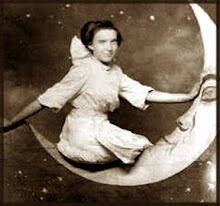
My friend Bridget just recently went to Lily Dale on a visit home and she took some pictures for me. I've done a couple blog entries that have mentioned the village, so I thought I would post her current pictures of Lily Dale as it looks today.








 In Slovakia it is custom for friends and relatives to go at night to the cemetery and place flowers and candles on the graves of deceased loved ones.
In Slovakia it is custom for friends and relatives to go at night to the cemetery and place flowers and candles on the graves of deceased loved ones. Madeleine Smith (abt 1835-1920) was a Glasgow socialite involved in a sensational murder case in Scotland during the summer of 1857. The notoriety of the case was such that it was known not only in Great Britain, but also in Europe and America.
Madeleine Smith (abt 1835-1920) was a Glasgow socialite involved in a sensational murder case in Scotland during the summer of 1857. The notoriety of the case was such that it was known not only in Great Britain, but also in Europe and America.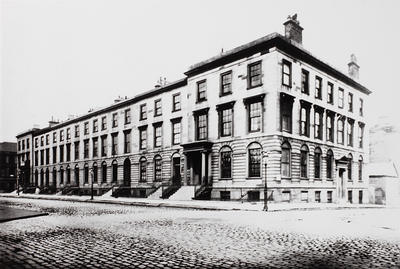
Evidence against Madeleine
 I recently bought this neat little book (only 160 pages). I finally got a chance to really skim through it last night. I was pleased to see they had entries on both The Fox Sisters and Lily Dale in the book and it also covers everything from the term Goth to food for mourners to bees...
I recently bought this neat little book (only 160 pages). I finally got a chance to really skim through it last night. I was pleased to see they had entries on both The Fox Sisters and Lily Dale in the book and it also covers everything from the term Goth to food for mourners to bees... Most churches kept beehives and would use the wax to make candles used at funeral masses. It was thought the relationship between humans and bees was so strong that bees could be led away by a human death, so survivors would "tell" the bees when a relative died.
Most churches kept beehives and would use the wax to make candles used at funeral masses. It was thought the relationship between humans and bees was so strong that bees could be led away by a human death, so survivors would "tell" the bees when a relative died. Located in the small fishing town of Brixham in Devon, England, this house holds the distinction of being "the only coffin shaped house in the world".
Located in the small fishing town of Brixham in Devon, England, this house holds the distinction of being "the only coffin shaped house in the world". Also, as I was looking up The Coffin House I came across something called 'a coffin corner', which was prevalent in Victorian homes.
Also, as I was looking up The Coffin House I came across something called 'a coffin corner', which was prevalent in Victorian homes. Taphephobia is the fear of being buried alive, which was a widespread concern in the 19th century. Irish patriot Daniel O'Connell left instructions not to be buried until they were absolutely certain he was dead. I'm guessing there was no more certain a way than waiting for decomposition to set in.
Taphephobia is the fear of being buried alive, which was a widespread concern in the 19th century. Irish patriot Daniel O'Connell left instructions not to be buried until they were absolutely certain he was dead. I'm guessing there was no more certain a way than waiting for decomposition to set in.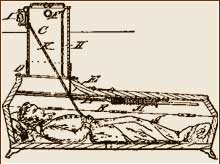
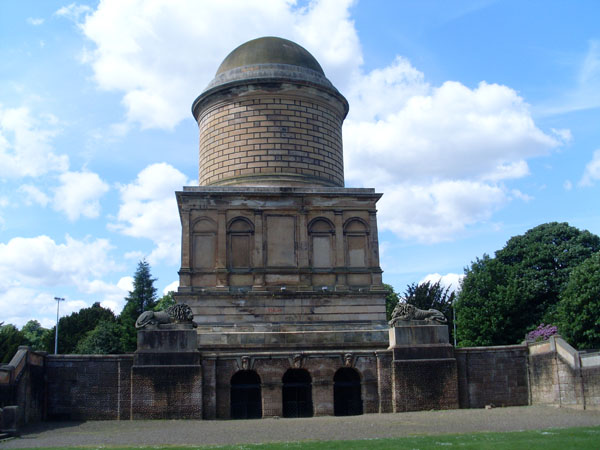
 -The 10th Duke of Hamilton's body was to occupy not a coffin, but an Egyptian sarcophagus. However, when the sarcophagus arrived it measured 6' tall and the Duke measured 6'2"-6'4" tall. Various accounts have his legs being cut off, folded over or smashed with a sledgehammer. Any road, it was a tight squeeze.
-The 10th Duke of Hamilton's body was to occupy not a coffin, but an Egyptian sarcophagus. However, when the sarcophagus arrived it measured 6' tall and the Duke measured 6'2"-6'4" tall. Various accounts have his legs being cut off, folded over or smashed with a sledgehammer. Any road, it was a tight squeeze. The lower level of the Mausoleum is the crypt where the corpses were kept, until the building was deemed too structurely unstable to house them any longer. All the bodies have been interred elsewhere.
The lower level of the Mausoleum is the crypt where the corpses were kept, until the building was deemed too structurely unstable to house them any longer. All the bodies have been interred elsewhere.


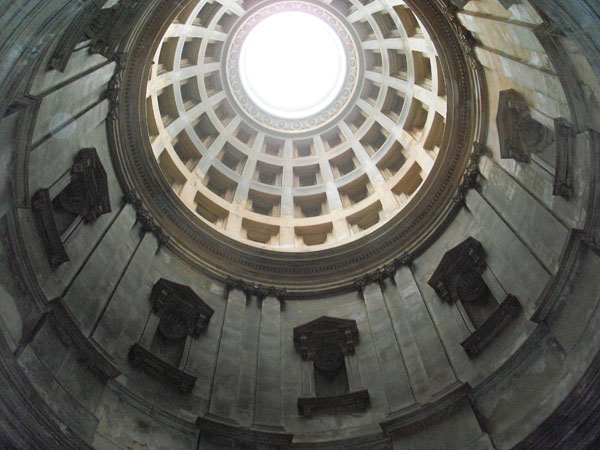 The upper level is the chapel, where the 10th Duke of Hamilton's sarcophagus was kept. The pedestal is still there on which it sat and you can still see an eerie outline of the sarcophagus on the black marble. In the chapel there is an reverberation time of 15 seconds (when the old brass doors were still there it was 30 seconds). The chapel is also noted for it's 'whispering walls'. These are alcoves where two people can stand either side, whisper into the wall and are able to hold a conversation this way. We tested this out and it worked perfectly, even with all the noisy echo's going on!
The upper level is the chapel, where the 10th Duke of Hamilton's sarcophagus was kept. The pedestal is still there on which it sat and you can still see an eerie outline of the sarcophagus on the black marble. In the chapel there is an reverberation time of 15 seconds (when the old brass doors were still there it was 30 seconds). The chapel is also noted for it's 'whispering walls'. These are alcoves where two people can stand either side, whisper into the wall and are able to hold a conversation this way. We tested this out and it worked perfectly, even with all the noisy echo's going on!